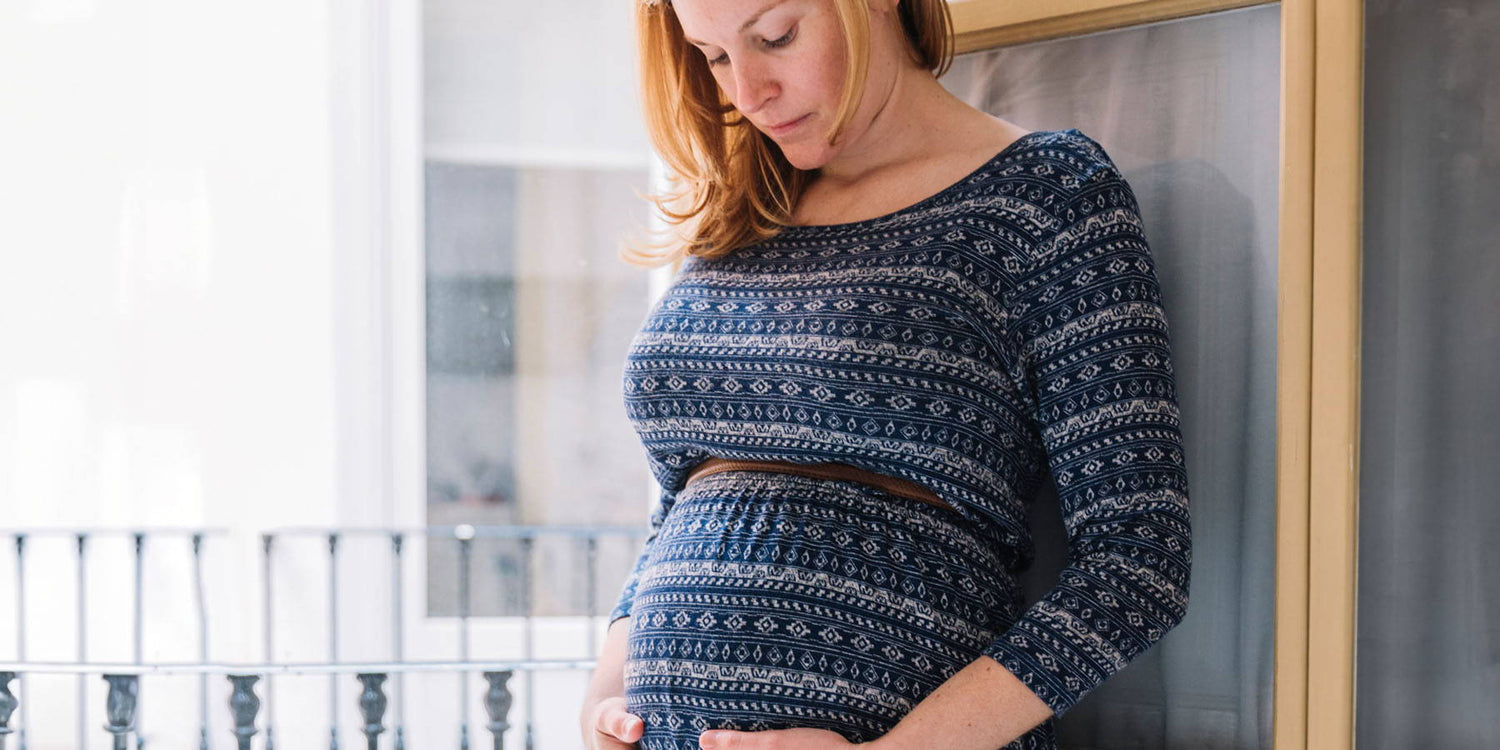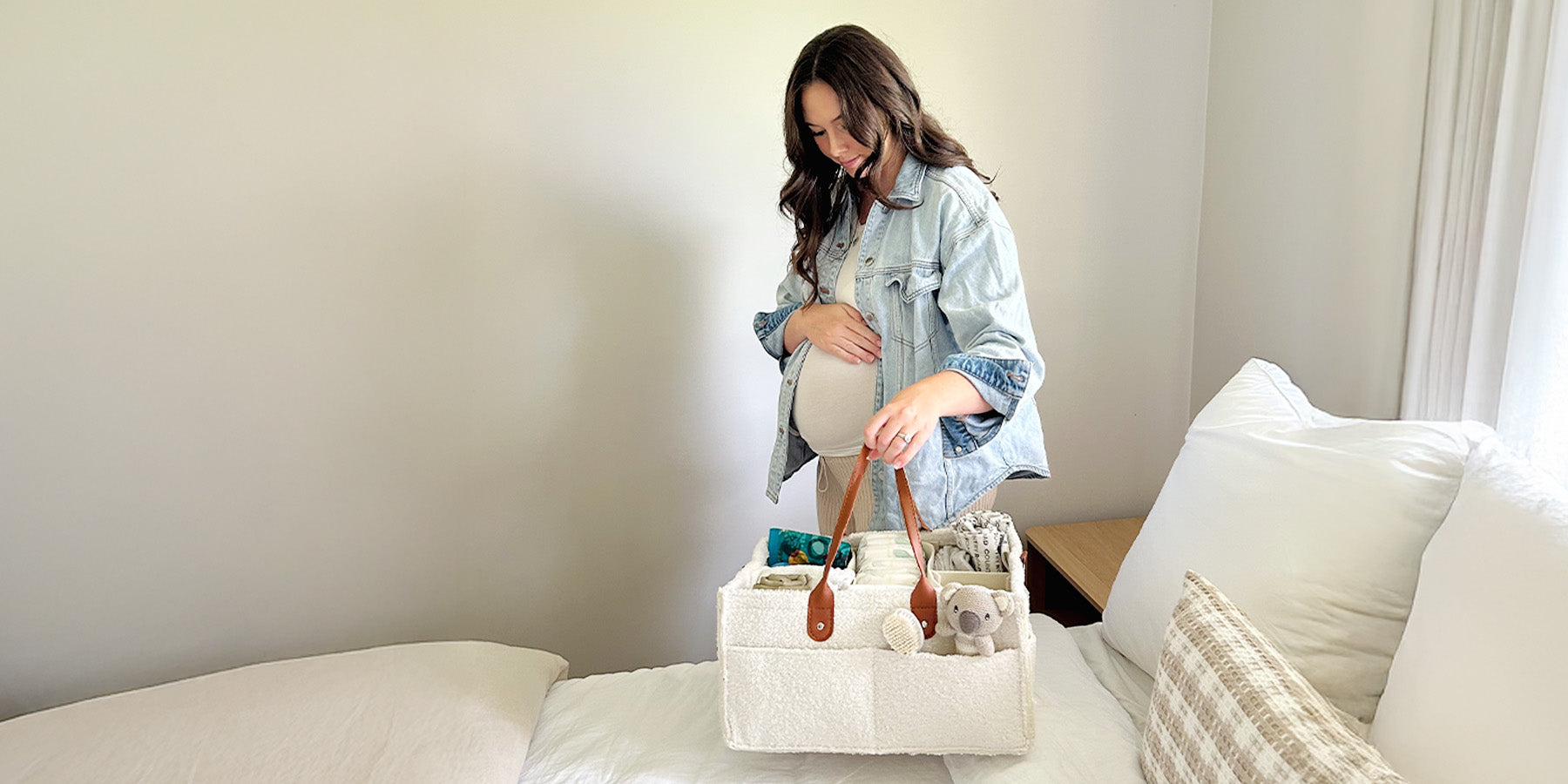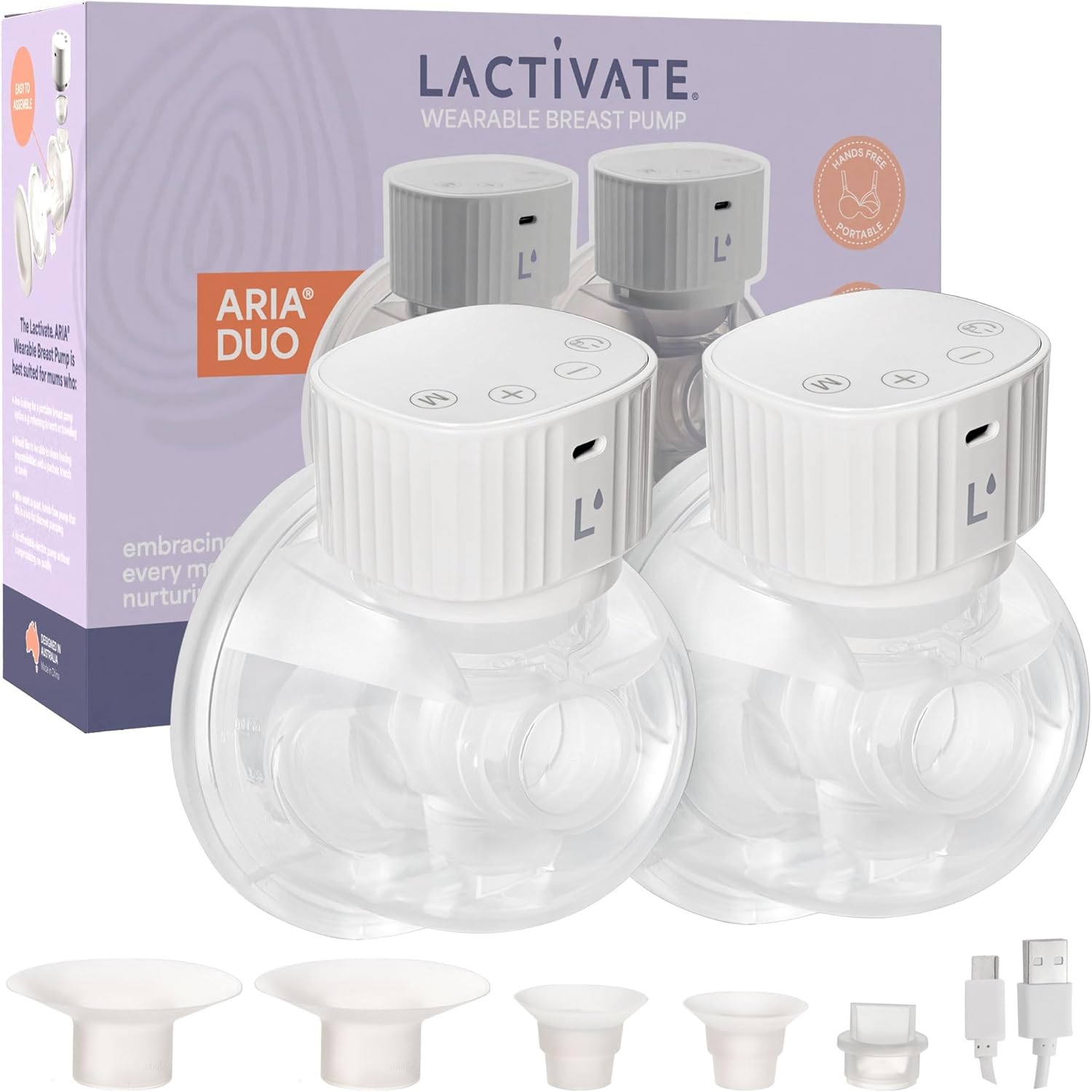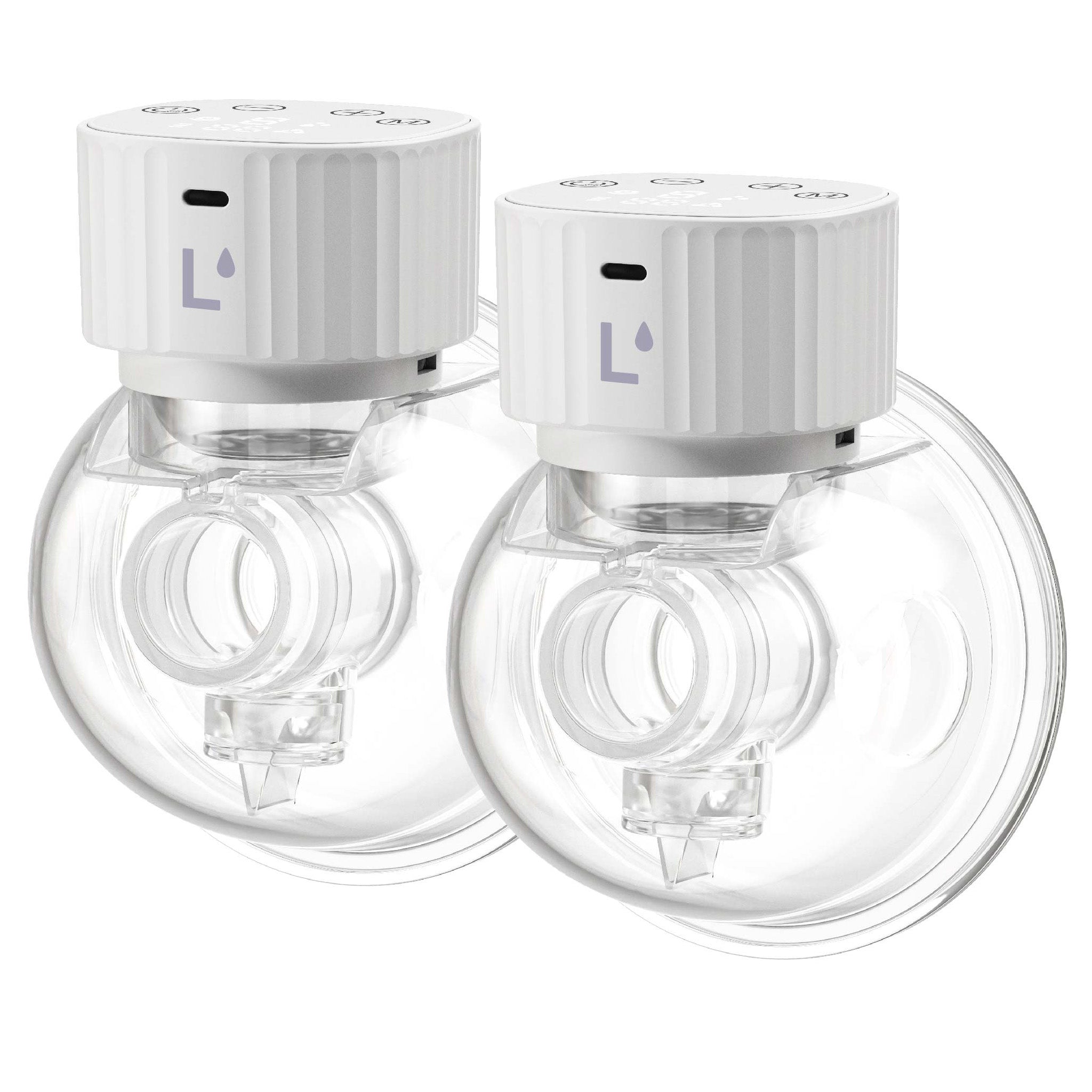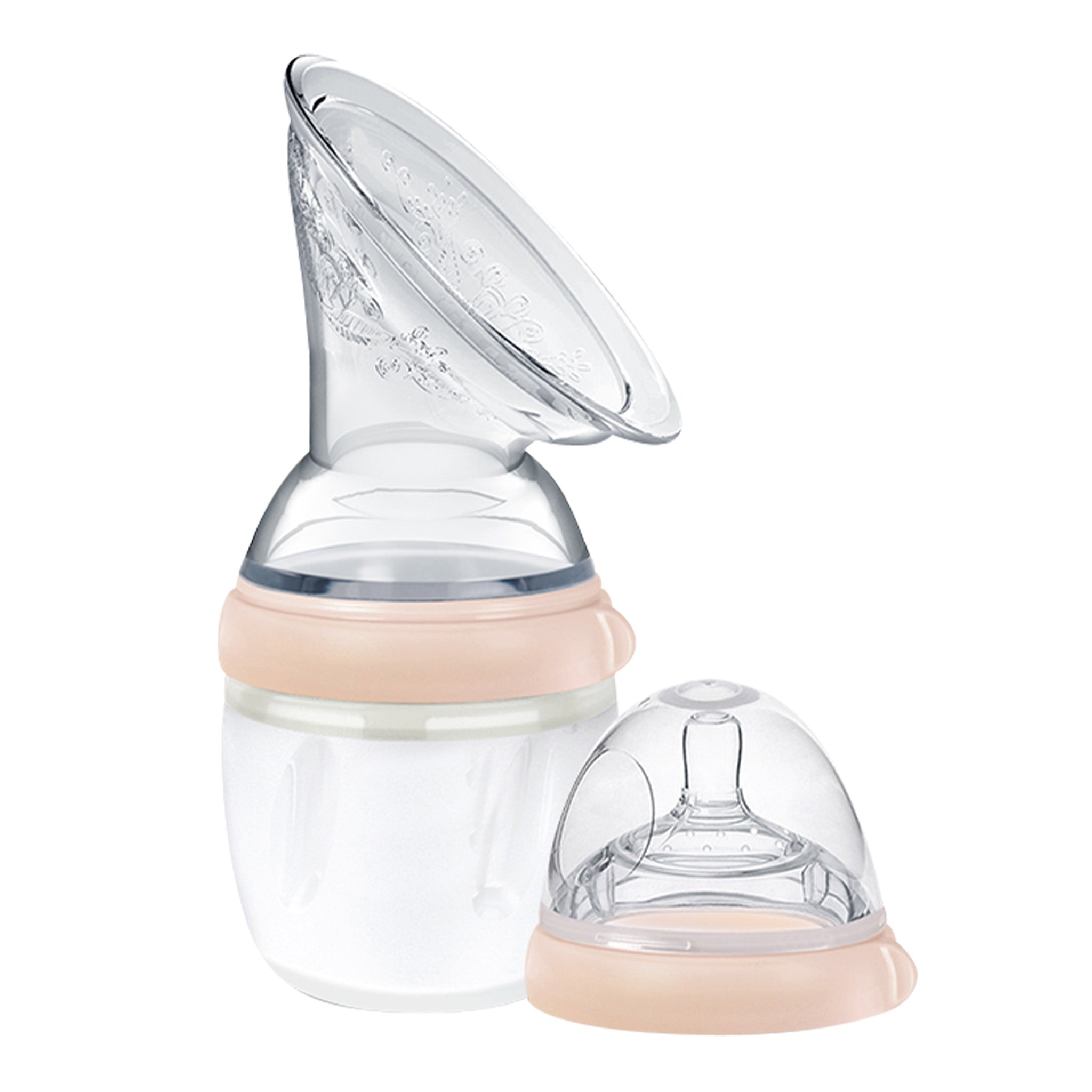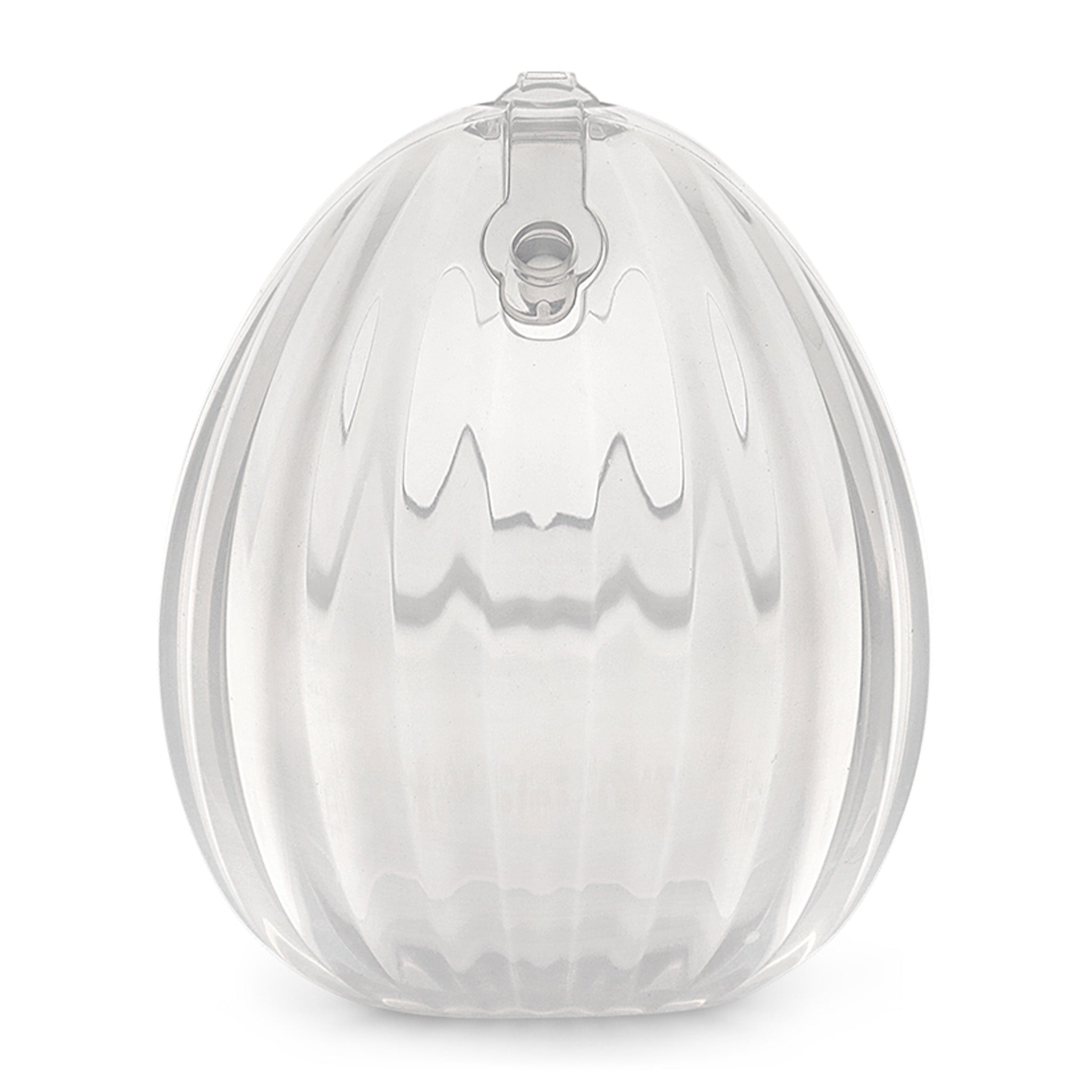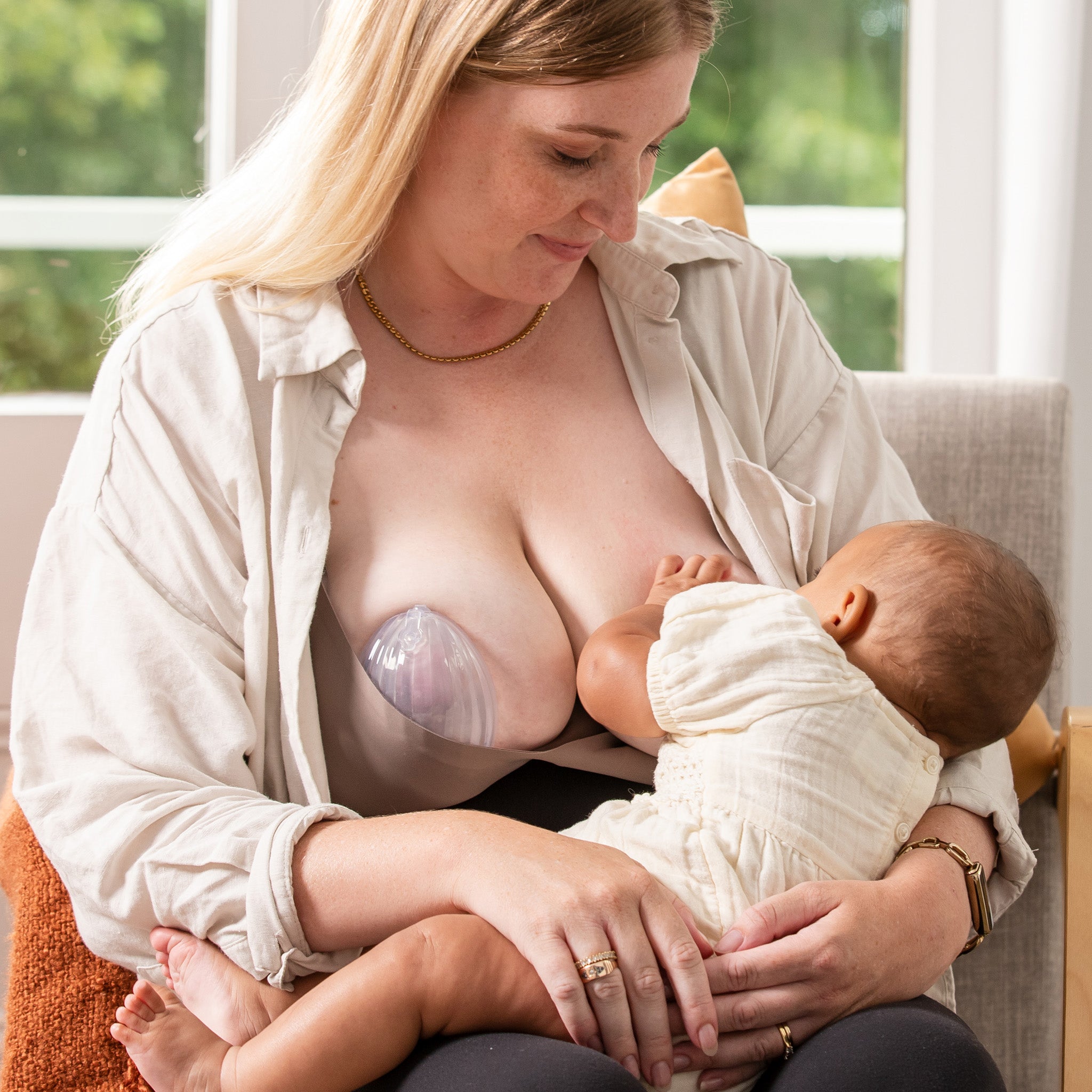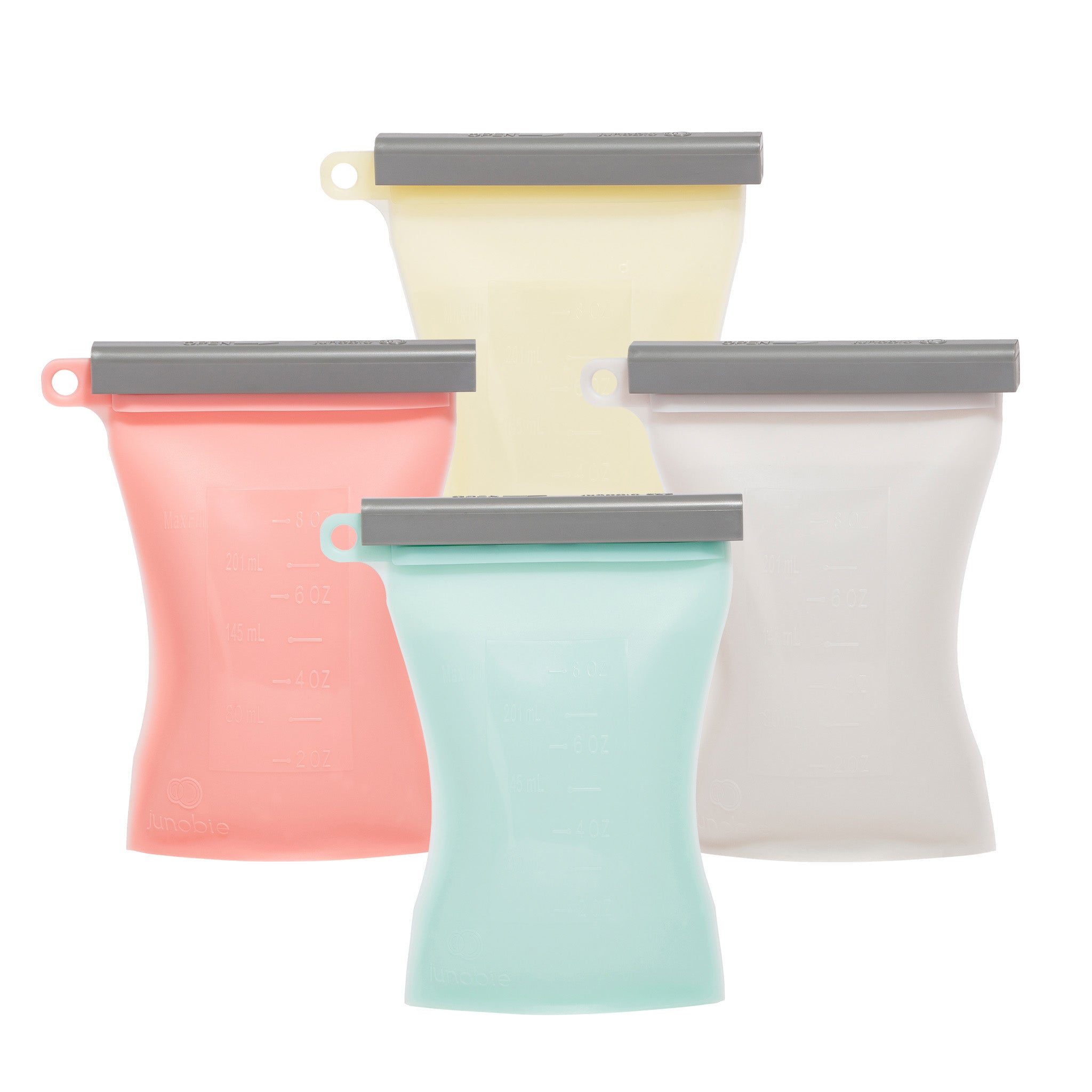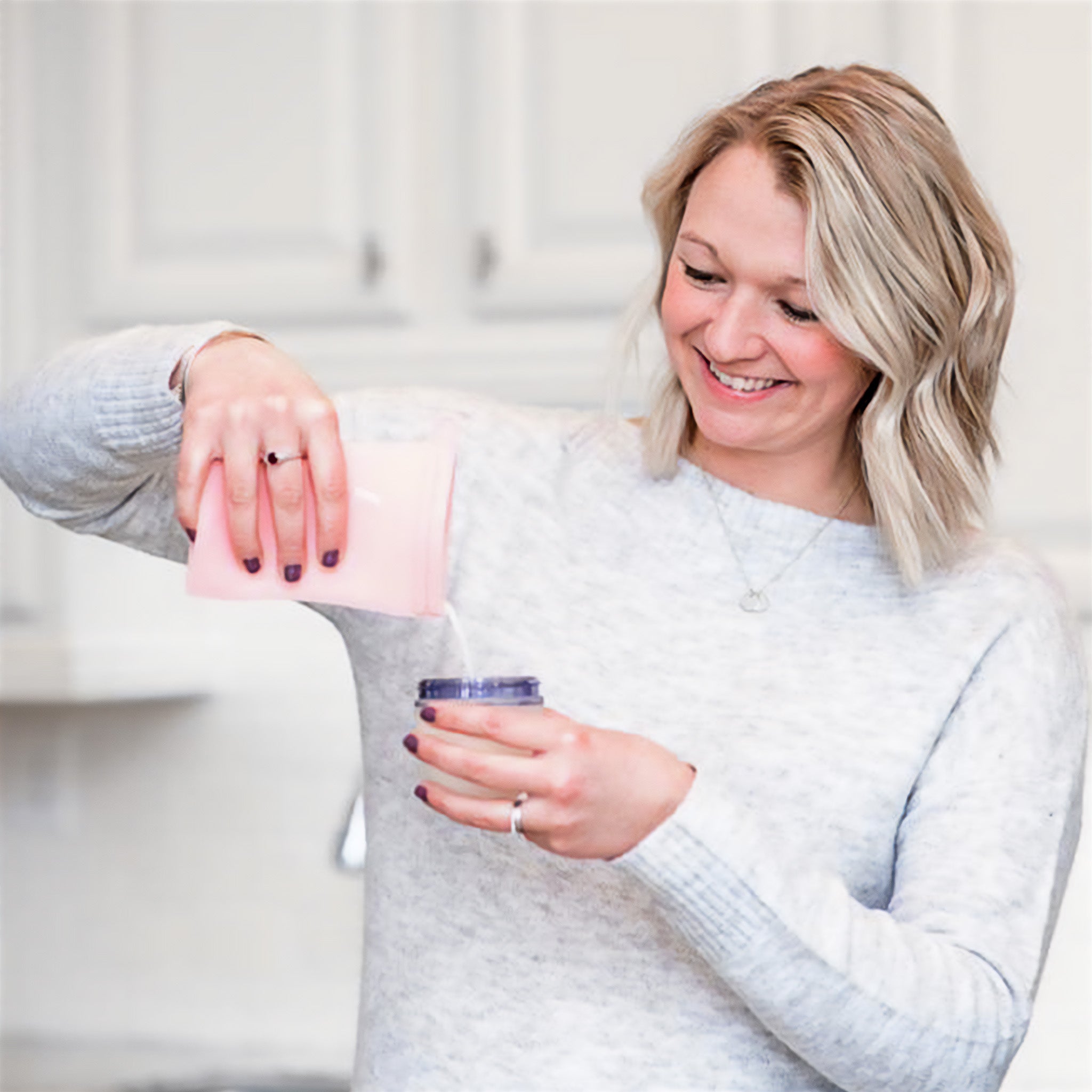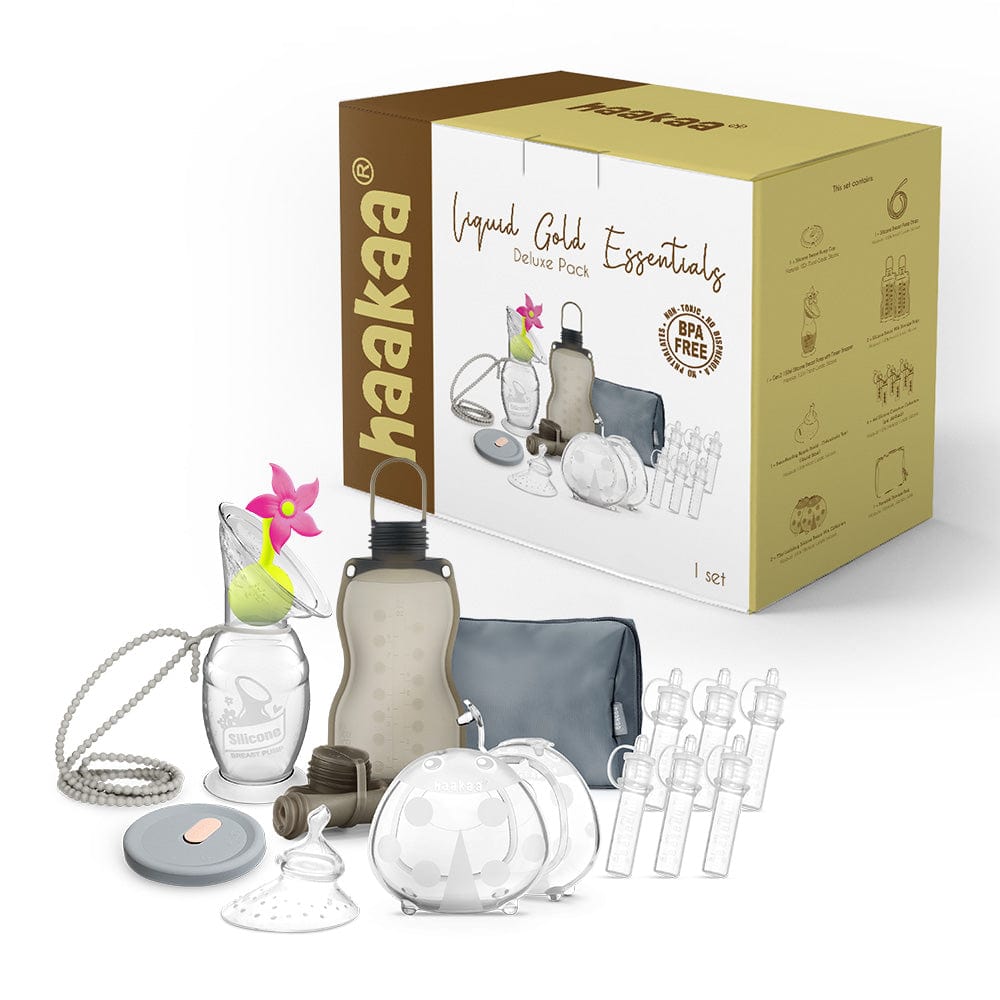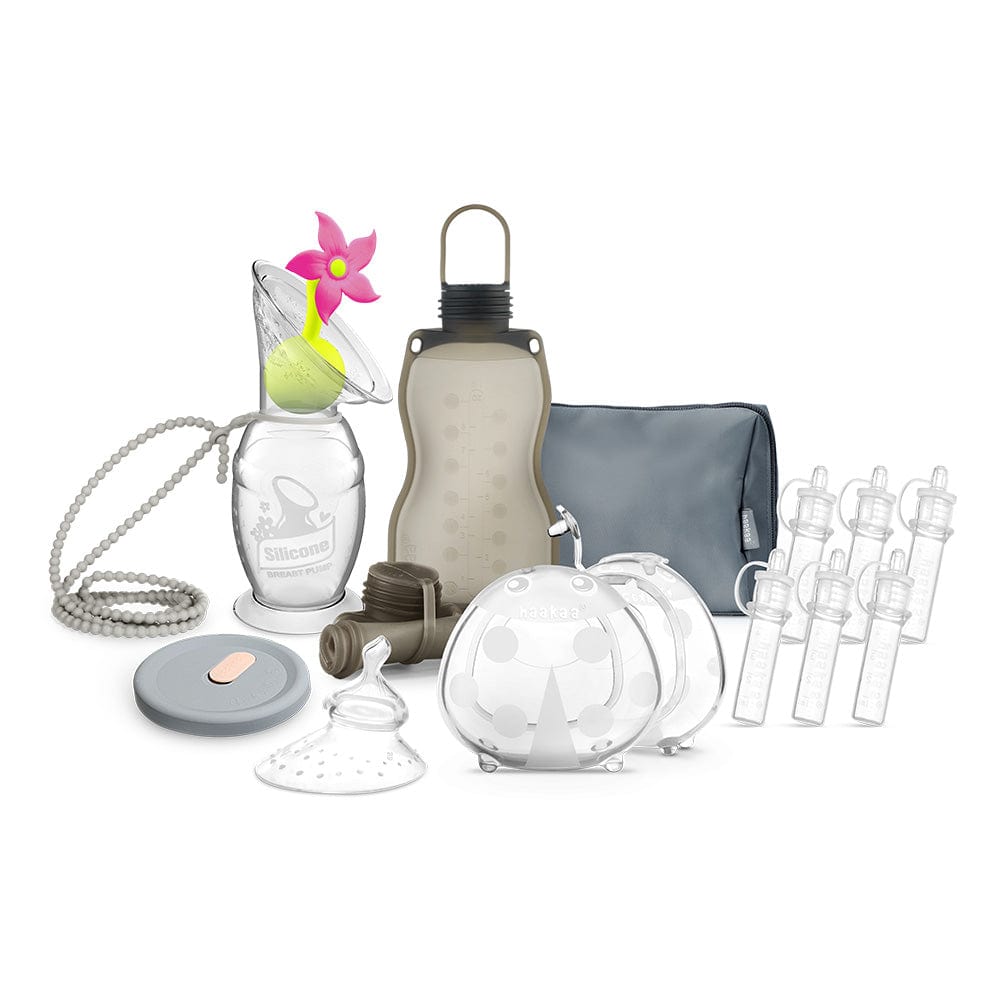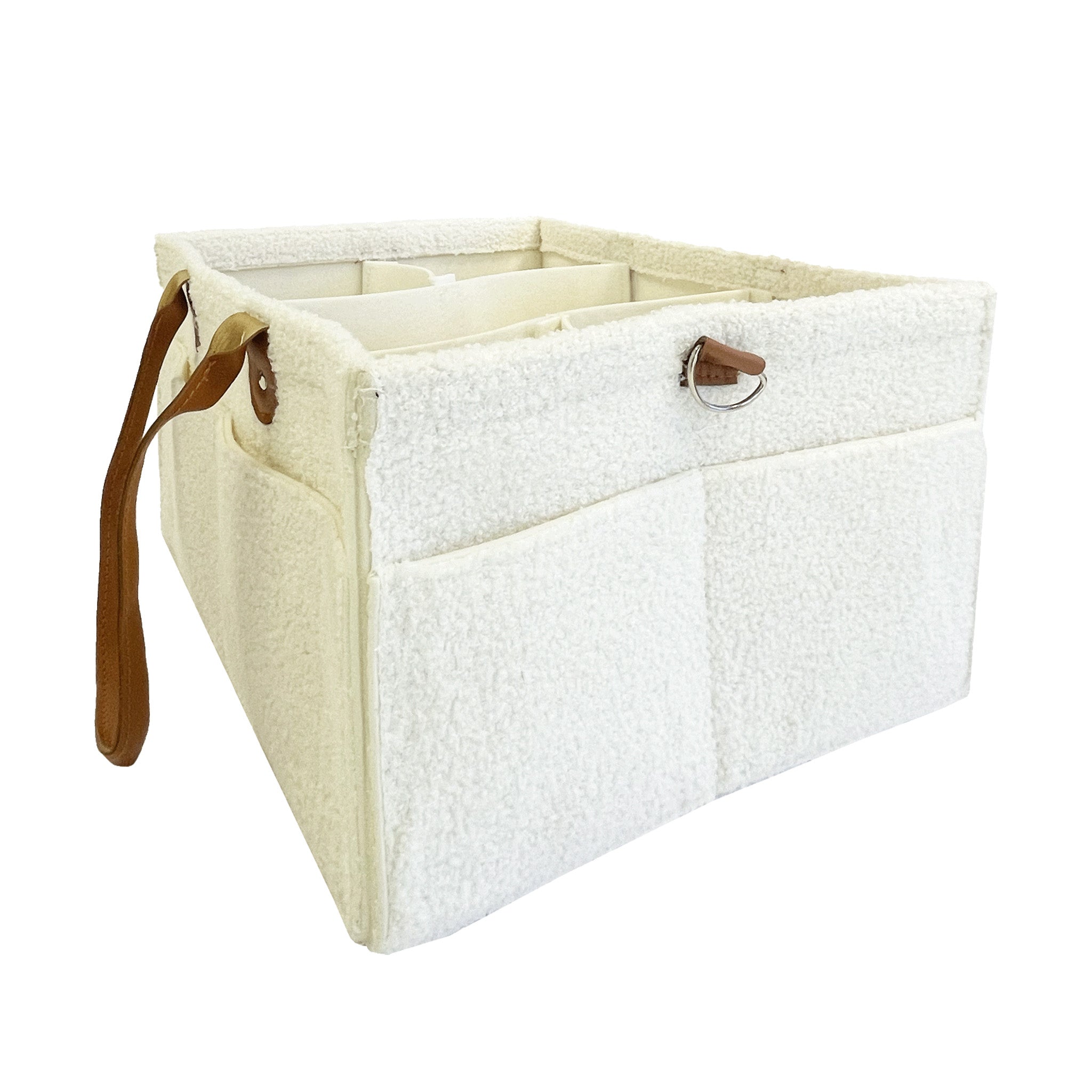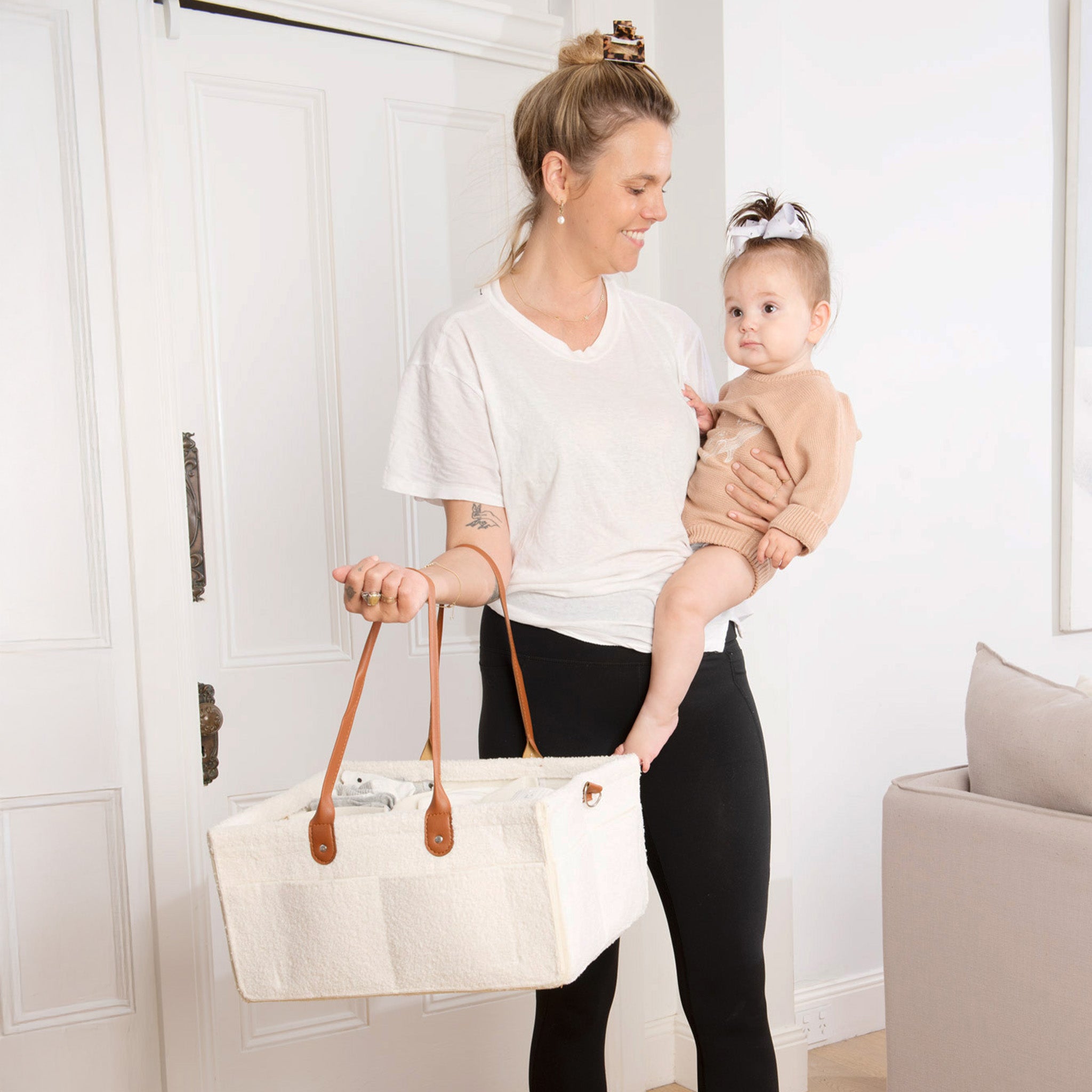Apgar who? Meconium what? If birth itself wasn’t enough to contend with, there’s a whole new language used in the birthing suite that can be befuddling, especially for a first-time mum!
We’re taking a peek at some of the most commonly used terms to keep you in the loop.
A is for Apgar score.
There’s every chance you won’t even notice an Apgar being performed but your bub will actually be given this test within their first few minutes of life! The Apgar, performed by a midwife or Doctor assesses you baby’s appearance (their skin colour), pulse, grimace reflex, activity or muscle tone and respiration to create a score out of 10. Better Health Vic states that a ‘perfect’ Apgar score is 10 with majority of babies scoring in the 7-9 range. The test will then be performed again at around 5 minutes after birth.
B is for the BRAIN decision making tool
BRAIN is an acronym for the decision-making tool often utilised by caregivers in helping you to make informed choices surrounding your pregnancy and birth. The letters stand for benefits, risks, alternatives, intuition, and nothing. The BRAIN acronym can help you in working out what to ask at your antenatal appointments, in formulating your birth plan and in deciding on a course of action during labour.
C is for C-section and colostrum
A C-section or caesarean section is a procedure performed when a vaginal delivery is not possible or not preferred. A C-section can be elective, meaning it has been decided upon before labour or emergency, which usually occurs when labour has not progressed or baby is in distress and your care team decide that it would be better to deliver quickly.
Colostrum is the ‘first milk’ produced by your body during pregnancy andfor the first few days after birth. It’s highly nutritious and contains a high level of antibodies that will help your baby fight off bacteria and infections. Some women decide to express and collect their colostrum prior to birth to have a ready stash on hand once baby arrives.
D is for Doula
A doula is a non-medical support person with extensive knowledge of birth and the post-partum period. The Australian Doula College states that doulas “specialise in non-medical skills and do not perform clinical tasks, such as vaginal exams or foetal heart rate monitoring, instead doula services fill an important gap for women and their caregivers and has been developed over the years to respond to the ever increasing requests from women to have more support and continuity of care before, during and after the birth of their children.”
E is for epidural and episiotomy
Ahhh the epidural. An epidural or ‘epi’ is a type of anaesthetic used during labour to anesthetise or ‘numb’ the lower half of the body to minimise the pain of contractions. An epidural is administered via a tube inserted into your lower back by an Anaesthetist during labour.
An episiotomy is refers to a cut or incision made between your vagina and anus (your perineum) during labour, to help make your vaginal opening larger for bubs head to pass through. An episiotomy is often performed to try and prevent tearing. The incision will be stitched after labour and checked by your midwife/care team. The area can be very tender in the days and weeks after birth and experts often recommend the use of perineal ice packs to help with pain and swelling. We also love the Lactivate Peri Bottle for helping to promote healing post birth.
F is for Fetal Monitoring
Fetal monitoring involves continuously tracking the baby's heart rate and the mother's contractions during labor to ensure the well-being of both during childbirth.
G is for Golden Hour
‘Golden Hour’ refers to the first 60 minutes after birth and the importance of allowing quiet, undisturbed bonding time for mum and bub is possible. This might include delayed cord clamping, lots of skin to skin, the delaying of non-urgent tasks and the early initiation of breastfeeding.
H is for for Hormones
The "hormone crash" in birth refers to the rapid decline in pregnancy-related hormones, such as oxytocin and endorphins, following childbirth, which can lead to mood swings and emotional changes as the body adjusts to postpartum conditions.
I is for Incubator
An incubator for birth is a specialised medical device that provides a controlled environment to support premature or ill newborns, helping them thrive and grow outside the womb.
J is for Jaundice
Bub a little on the yellow side? They may have jaundice. Jaundice is a very common condition in newborns that can make their skin and whites of their eyes go a bit yellow. It’s caused by a chemical called ‘bilirubin’ which is formed when red blood cells break down. Newborns are born with a lot of red blood cells but a liver that isn’t quite developed enough to process them all. This can result in higher levels of bilirubin which causes jaundice. As your bubs liver develops, jaundice will disappear For some bubs with higher bilirubin levels, phototherapy may be recommended. This is a very simple treatment performed in hospital where your bub will be treated with blue light to help the liver to do its job.
K is for Kangaroo Care
Kangaroo care is a method of caring for newborns, particularly premature infants, where the baby is held skin-to-skin against the chest of a parent or caregiver. This practice gets its name from the similarity to how a kangaroo carries its baby in a pouch.
L is for Lamaze
Lamaze is a popular childbirth education method that teaches expectant parents about various techniques for managing pain and discomfort during labour and delivery. It emphasises relaxation, breathing exercises, and other coping strategies to help women have a more natural and empowering childbirth experience.
M is for Meconium
Meconium or ‘the first poo’ is almost a parenting rite of passage. Sticky, black and tar-like, meconium is the result of months of swallowing amniotic fluid while in the womb. Your bub will usually have their first poo in the hours after birth.
N is for Nuchal Cord
A nuchal cord is a medical term that refers to the situation where the umbilical cord becomes wrapped around the baby's neck before or during childbirth. It's a relatively common occurrence and is typically managed by healthcare providers to ensure the baby's safety during delivery.
O is for Oxytocin
Oxytocin is a hormone that plays a crucial role in childbirth. During labour, the body naturally releases oxytocin, which stimulates uterine contractions and helps facilitate the progress of labour. It also plays a role in bonding between mother and baby and is sometimes administered synthetically to induce or augment labor.
P is for placenta
The placenta is the amazing organ that has nourished your bub throughout pregnancy via their umbilical cord. After birthing your baby, you will then need to ‘birth’ the placenta (it’s 69596 times easier, trust us!) This may occur naturally, or you may be offered an injection to help your uterus contract to push out the placenta. Once delivered, your midwife will carefully examine your placenta to ensure it is intact and that nothing is left behind in your uterus.
Q is for Quick Recovery
Quick recovery in the postpartum period refers to a smooth and relatively fast physical recuperation. It can involve a swift return to pre-pregnancy physical health and energy levels. While some lucky mums recover from birth quickly, many don’t and find the fourth trimester challenging. Lack of sleep, recovering from birth and learning to look after a baby which didn’t come with an instruction manual is not easy. Postpartum recovery times vary, and it's essential to prioritise a safe and healthy recovery above speed.
R is for Rupture of Membranes
Rupture of membranes, often referred to as "water breaking," is the event during labour when the amniotic sac, which surrounds and protects the fetus, breaks, and the amniotic fluid is released. This rupture can occur spontaneously or be artificially induced by a healthcare provider to facilitate labor.
S is for Stirrups
Stirrups are support devices used during childbirth to help position the legs of the person giving birth. Stirrups are often employed during hospital births, especially in Western medical settings. Some people may choose or be encouraged to use alternative positions, such as squatting, kneeling, or side-lying, to give birth.
T is for Transverse
A transverse position in childbirth occurs when the baby is lying sideways across the uterus, often necessitating medical intervention for a safe delivery.
U is for Uterine Contractions
Uterine contractions are rhythmic muscle movements of the uterine wall that play a crucial role in childbirth. These contractions help dilate the cervix and push the baby through the birth canal during labor.
V is for vacuum cap or ventouse
A vacuum cap or ventouse is like a large suction cup that may be used to help deliver your bub during the later stages of labour.
If there's anything else you think we should add, let us know and we'll be sure to update the Birth Bible!
W is for Water Birth
Water birth is often preferred by some expectant parents because the warm and buoyant water can provide comfort and relaxation during labor, potentially reducing pain and promoting a soothing birthing experience.
X is for X-rays
X-rays are sometimes used to diagnose hip dysplasia or hip displacement in newborns, infants, and young children. Hip dysplasia is a condition where the hip joint doesn't develop properly, which can lead to instability and potential long-term issues if not detected and treated early.
Y is for Yellow Vernix Caseosa
Vernix Caseosa is a creamy, yellowish substance that can be present on a newborn's skin shortly after birth. It is a mixture of sebum (a waxy substance produced by the baby's skin) and skin cells that shed during fetal development. It serves to protect the baby's skin in the womb.
Z is for Zavanella Test
The Zavanella Test is a diagnostic test used in obstetrics to assess the presence of amniotic fluid in cases of premature rupture of membranes (PROM).

